Modern LED televisions have become incredibly popular due to their brilliant picture quality, slim designs, and energy efficiency. However, you may wonder exactly how long does a LED TV last.
While the lifespan of a LED television can vary depending on factors like usage levels and care, most high-quality LED TVs will provide reliable service for five to ten years with proper maintenance.
In this guide, we will discuss all the possible ways to increase the longevity of your LED TV. By optimizing conditions and protecting your LED TV investment, you can maximize its lifespan and enjoy crisp images for many years to come. Now, let’s explore how long does a LED TV last.
See Also: Bluetooth Smart Glasses: Top 8 Glasses You Must Try
Table of Contents
The Lifespan of LED TV
Several factors affect the lifespan of LED TV:
Average Lifespan of a LED TV
So, how long does a LED TV last? When properly cared for and maintained, the average lifespan ranges from 5 to 10 years.
Some key factors that influence how long your LED display will last are:
What are the factors that influence your LED display’s lifespan?
- Daily Usage- The more a LED TV is used daily, the faster its internal components degrade. Limiting daily viewing to a few hours can help extend its lifespan.
- Ventilation—Adequate airflow around the TV is essential to prevent overheating. Don’t block vents or place it in direct sunlight.

- Temperature Control- Keeping the TV away from heat sources and ensuring the room temperature stays moderate prolongs the lifespan of its electronic components.
- Surge Protection- A high-quality surge protector shields the TV from power fluctuations that can damage circuitry over time.
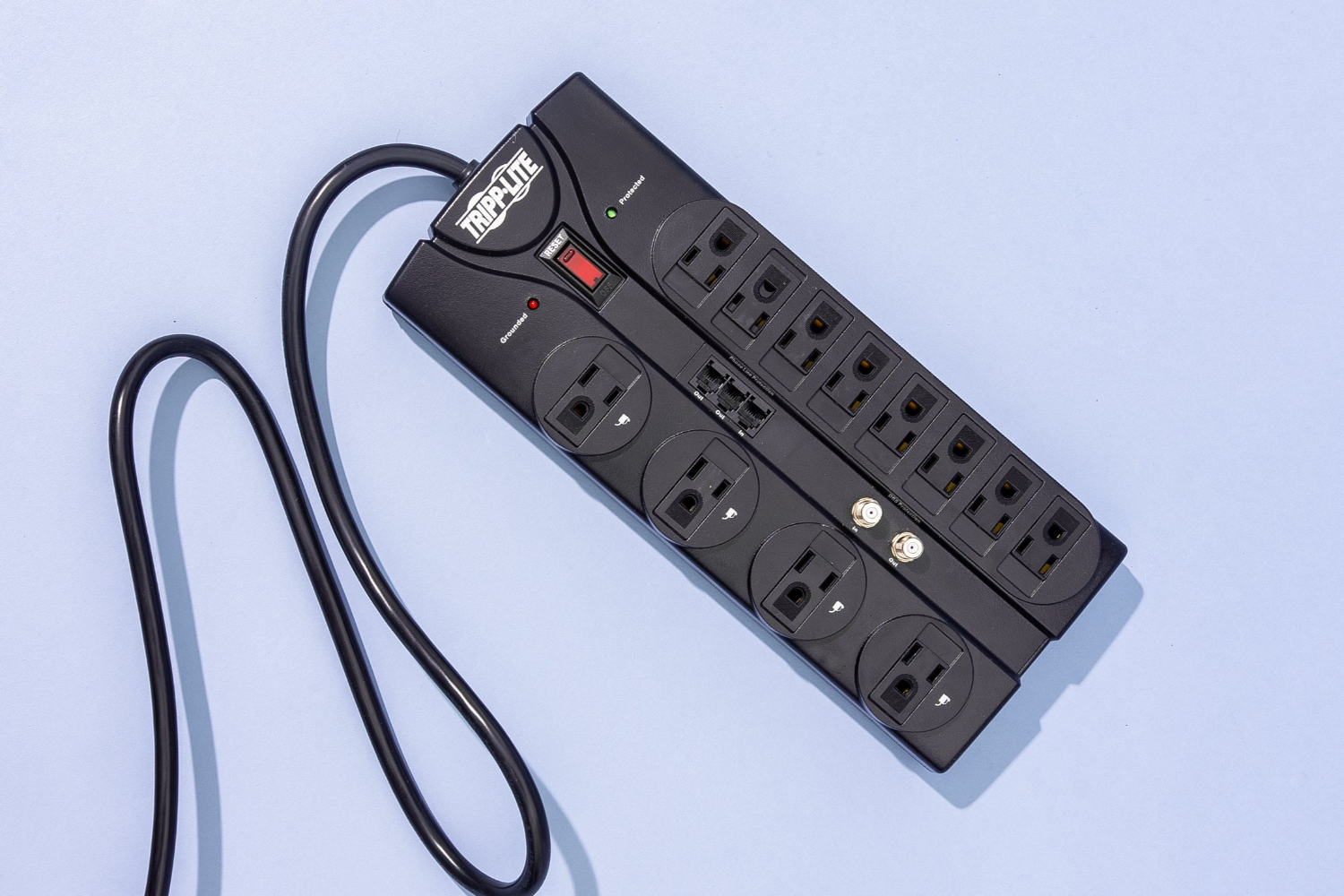
- Cleaning & Maintenance—Regular cleaning prevents dust and debris from accumulating on the screen and inside ports. Proper care extends performance longevity.
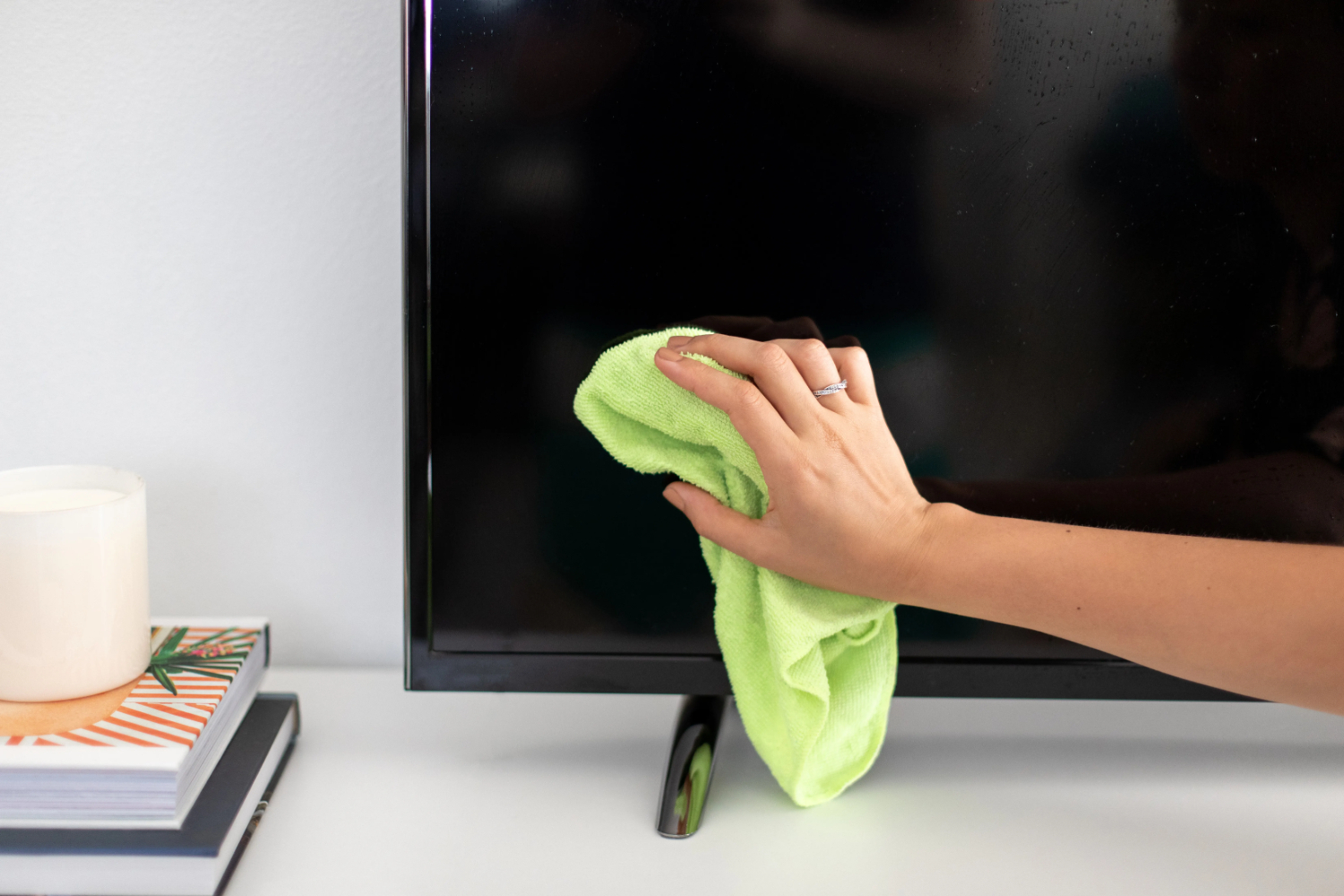
- Gaming Impact on LED TVs LED/LCD – TVs can be more susceptible to image retention issues that may develop over time if used for gaming with static images for extended periods. It’s best to enable screen savers or energy-saving modes when pausing gameplay to avoid leaving the same unmoving content on display for hours.
- Warranty Coverage – Purchasing from reputable brands like House of Butterfly, which offer longer comprehensive warranties, gives consumers peace of mind. Their customer service is also excellent for resolving issues within the coverage period. This ensures the TV will remain protected from defects for the lifespan promised.
See Also: LG TV Cannot Establish A Connection To An Access Point
Common Issues and Breakdowns
Here are some of the most common issues that can occur with televisions as they age:
Dimming screen
Over time, the backlighting on LCD/LED screens may dim, resulting in a darker picture. This is usually a sign that the TV is nearing its lifespan.
Pixel/line issues
Dead or stuck pixels may appear as dark or bright spots on the screen. Damage to the LCD layer can also cause lines or discolored patches to form.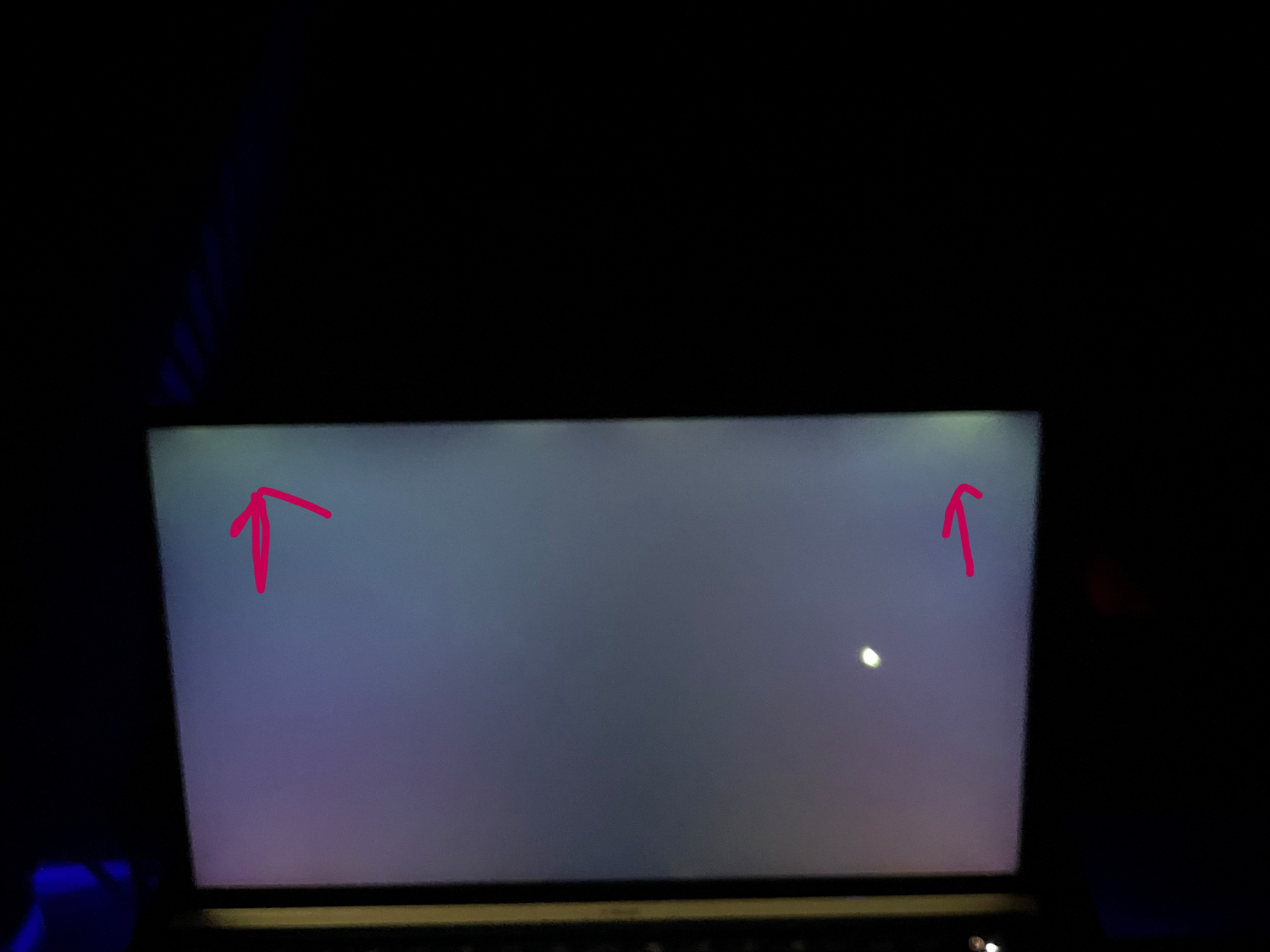
Connectivity problems
Inputs may stop working correctly when devices no longer sync or connect to the TV. This could be due to worn-out ports.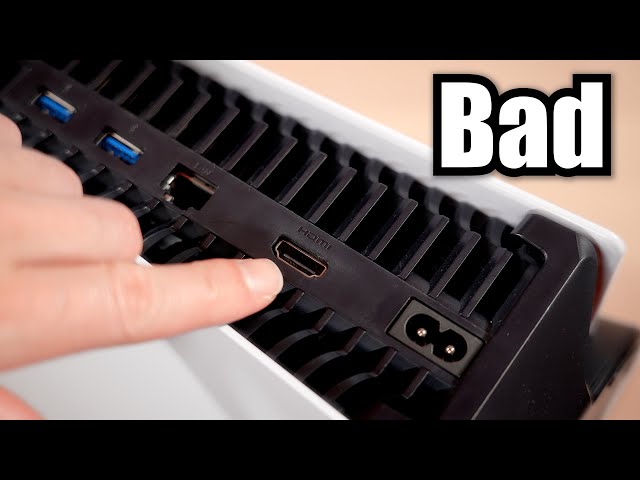
Sound issues
Crackling, buzzing, or lack of sound are typical signs that the speakers may be damaged. Advanced age can cause connections to deteriorate.
Overheating
TVs that run hot frequently may exhibit issues like image flickering or failure to turn on due to heat damage to components.
Power/operation problems
A TV may randomly turn off/on or refuse to power up at all if critical circuits or the power supply is beginning to fail.
Proper maintenance, like dusting vents and using a surge protector, can help prevent common causes of TV breakdowns, such as overheating and power issues. However, screen and connectivity problems may require professional diagnosis and repair. Always choose a top TV brand like House of Butterfly with lengthy warranty periods for reliable performance. We hope this answers how long does a LED TV last.
See Also: How To Reset An LG TV Without A Remote? Full Guide
Comparison with Other TV Types
Different modern televisions are available in the market, each offering varying features and performance. Understanding the differences can help you select the suitable TV for your needs.
Here’s a brief comparison:
- LED TVs are known for their excellent picture quality, energy efficiency, and affordability. However, their blacks may not be as deep as other options.
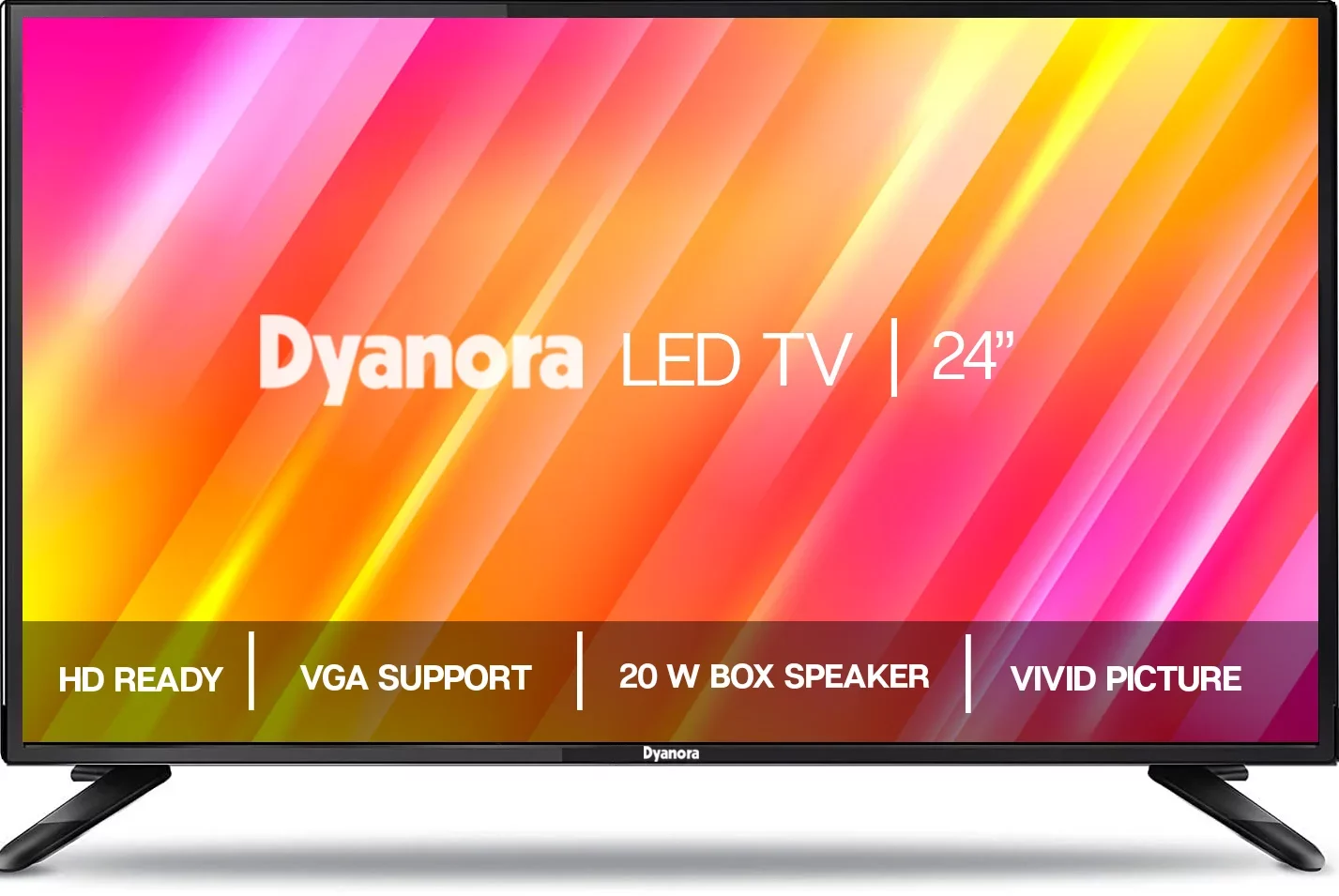
- LCD TVs are similar to LEDs but with less vibrant colors. They are more affordable than newer panel types.
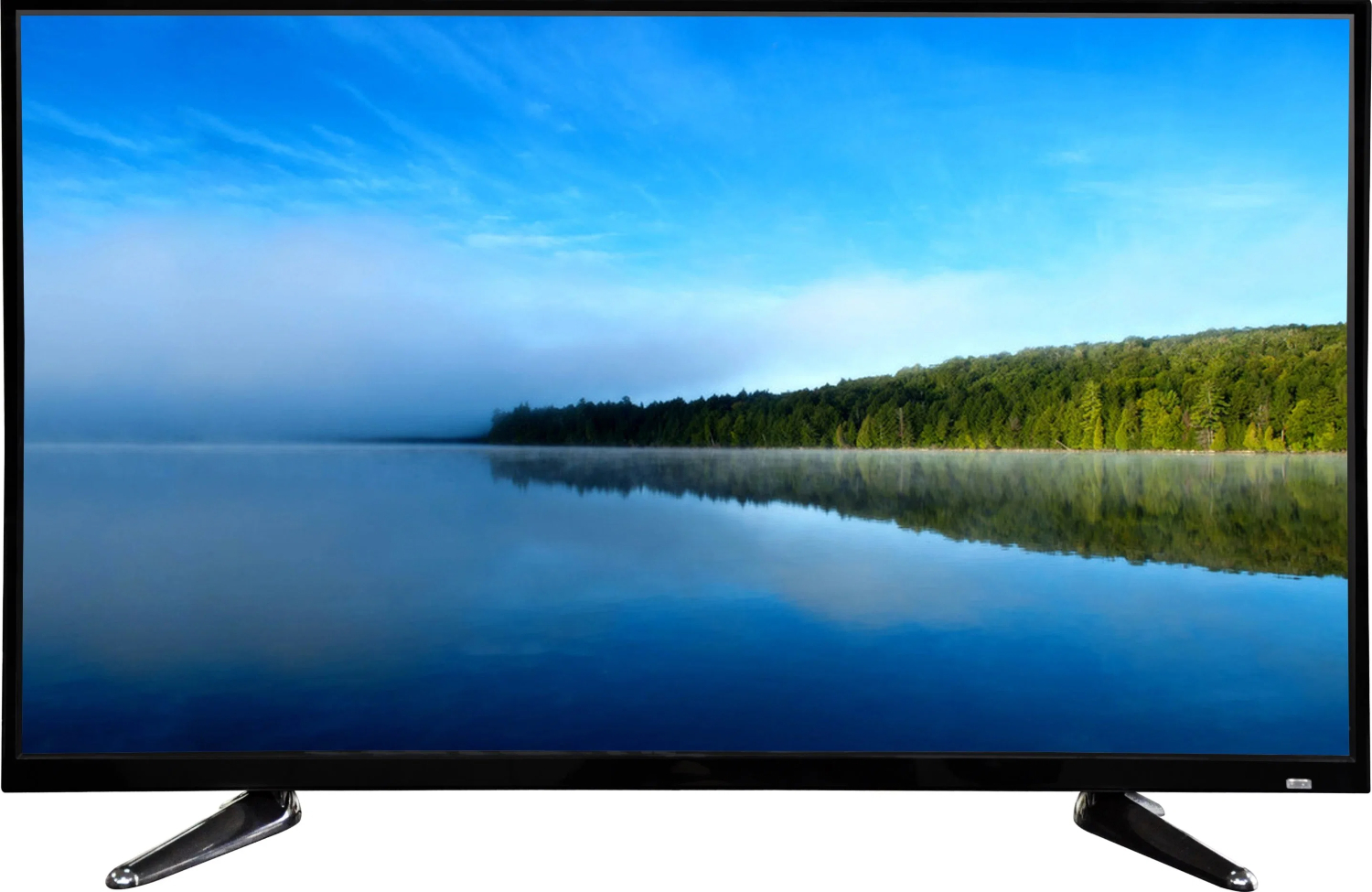
- OLED TVs have the best picture quality and perfect black levels. However, they are more expensive than other options.
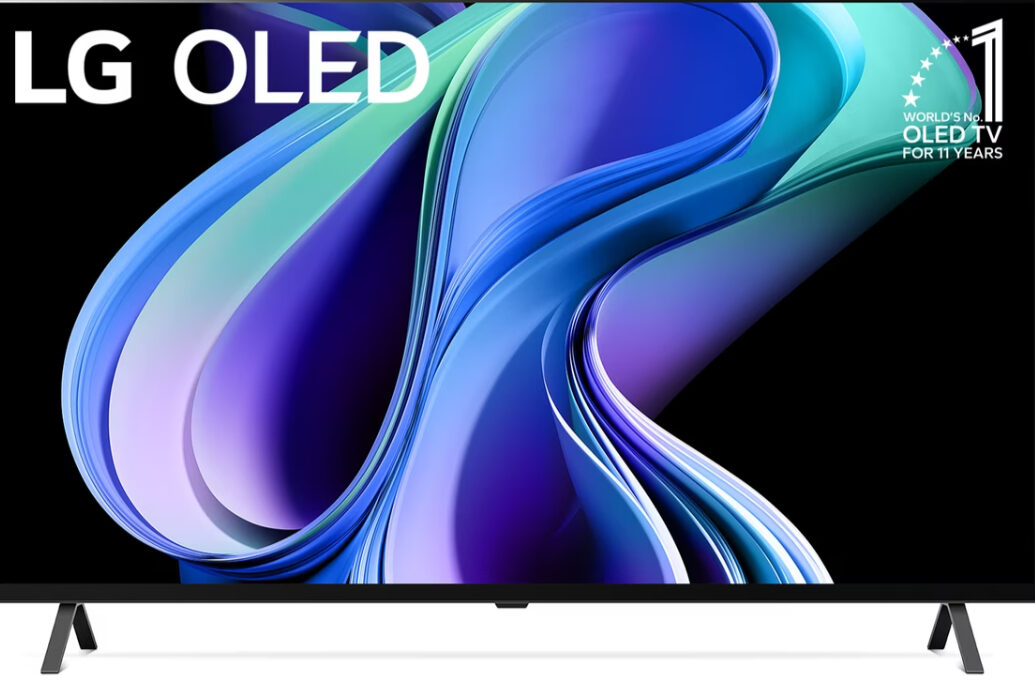
- QLED TVs improve over regular LED/LCD, with a wider color gamut for more vivid hues. They’re more affordable than OLED.
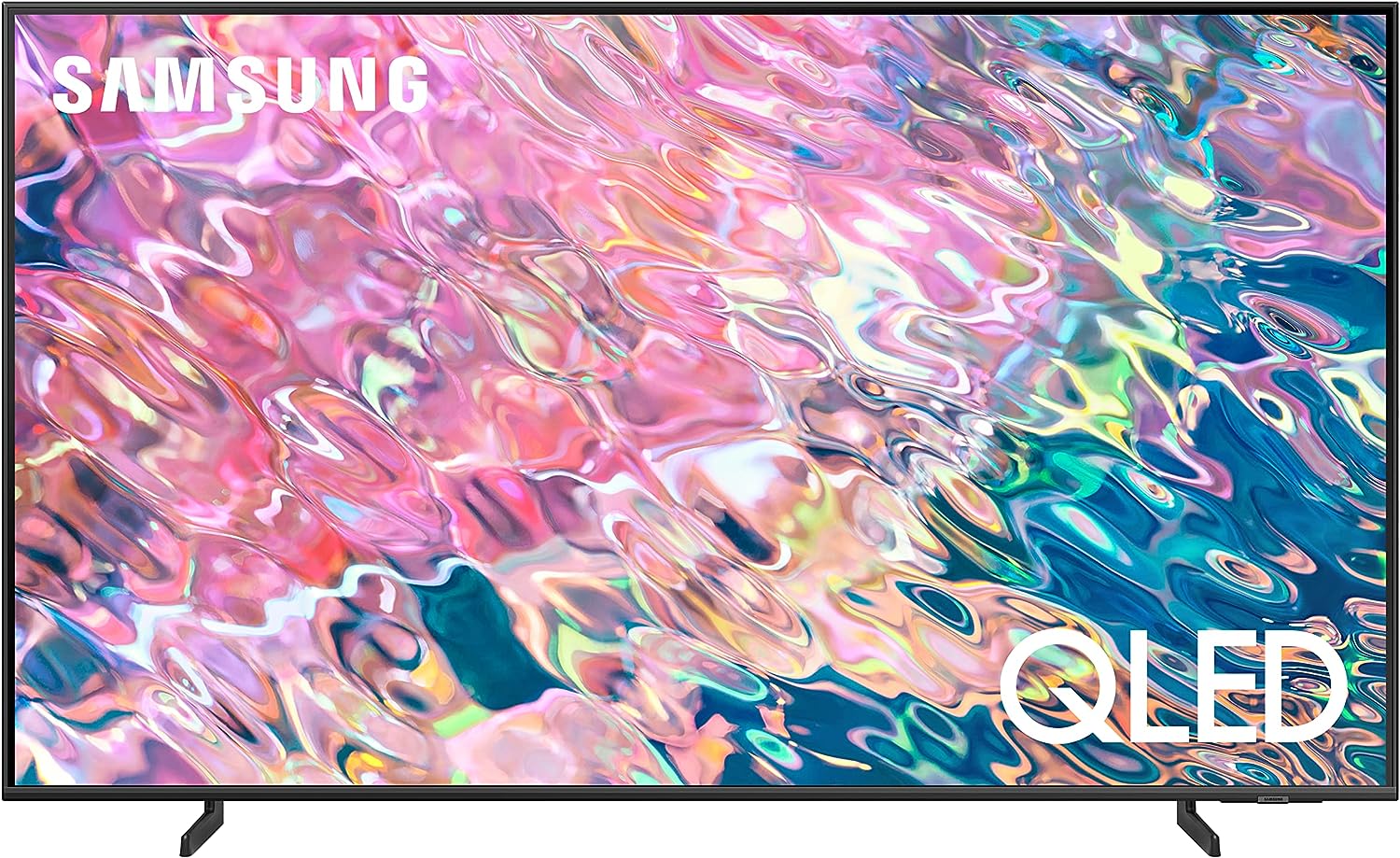
- UHD/4K TVs have ultra-high resolution for sharper details. They are great for large screen sizes of 50 inches or more.
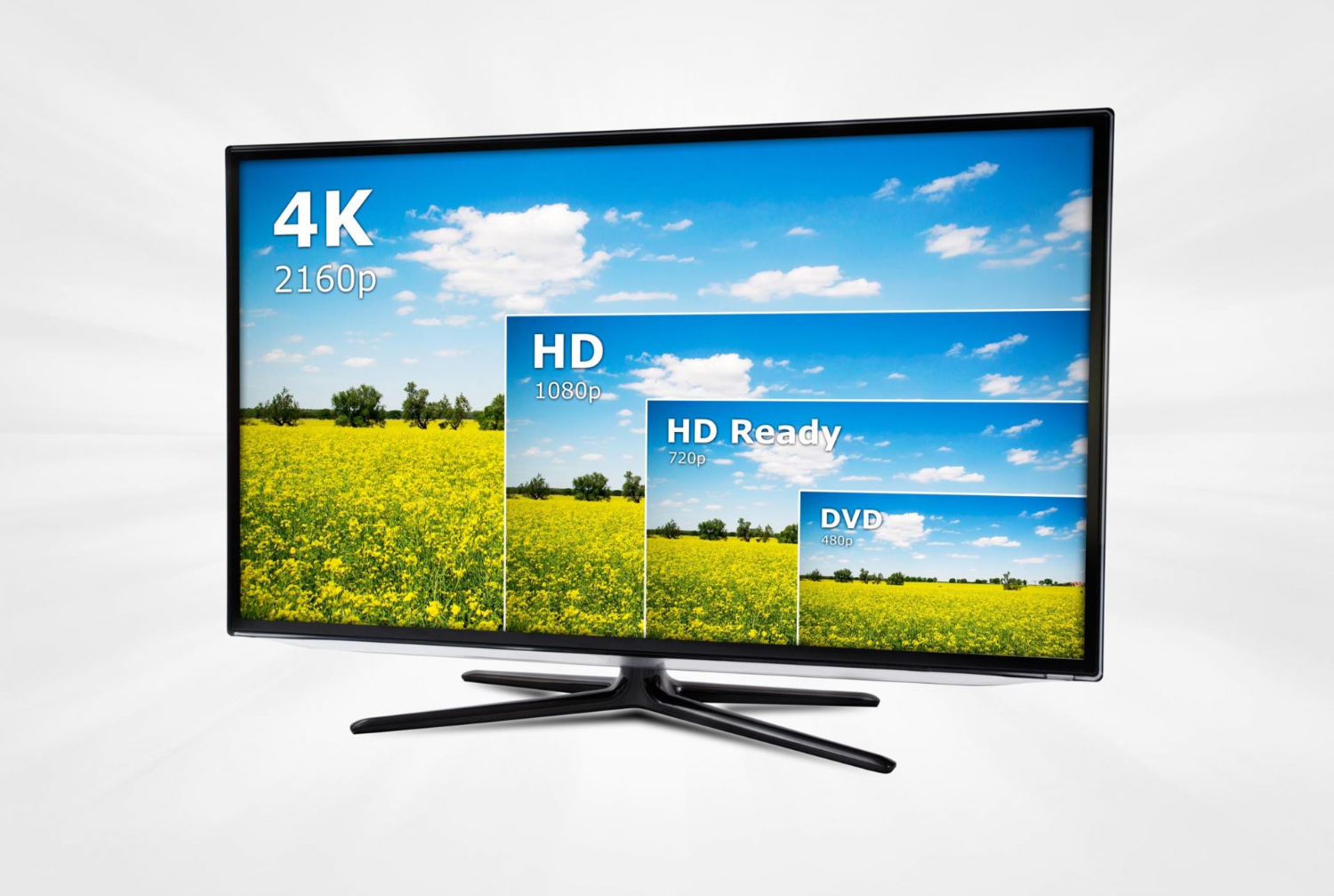
- 8K TVs The highest resolution available, but 8K content is still limited. Giant screens over 75 inches are recommended for 8K.
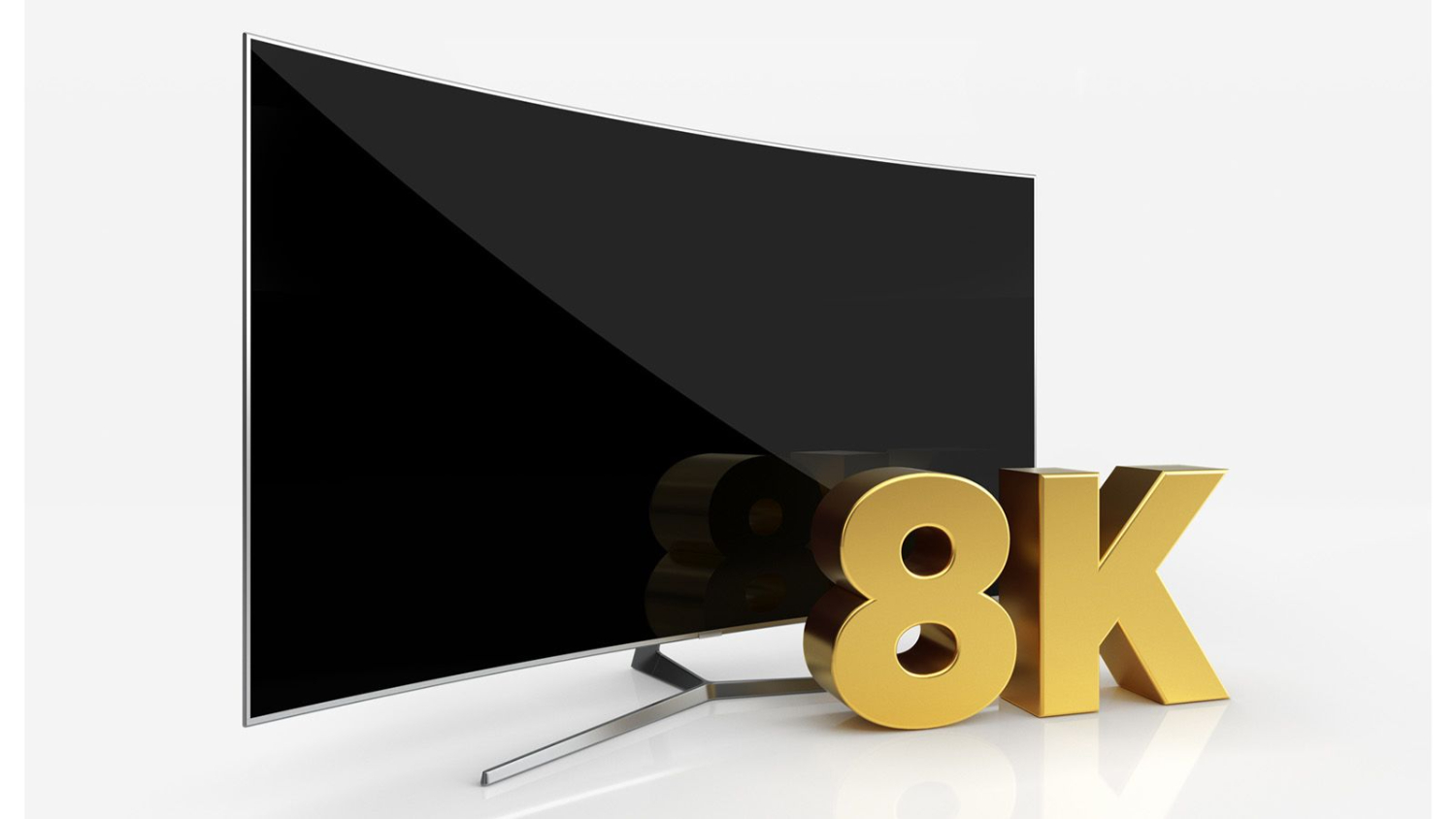
A LED or QLED TV is an excellent choice for the best value. But for those wanting the absolute best image quality, OLED remains unmatched. No matter the type, following proper maintenance tips can help any TV last longer.
Longevity of Smart TVs
Smart TVs offer many advanced features and connectivity options. However, their complex electronics also require proper care and maintenance to last long. Here are some tips:
- Update the software and apps regularly. New updates often fix bugs and enhance security. An outdated TV is more vulnerable.
- Protective accessories like surge protectors shield the TV from power fluctuations and voltage spikes.

- Give apps and services individual on/off switches to limit background activity when not in use. Excessive processing can cause overheating.
- Clear cache and app data regularly. Over time, temporary files consume storage, which affects performance.

- Turn off any unnecessary connectivity options like Bluetooth when not in use to reduce energy consumption.
- Place the TV in an open, well-ventilated area away from direct heat sources to prevent overheating of internal components.

- Calibrate picture settings periodically. Changes in ambient light or pixels shifting slightly over time can affect image quality. Calibration restores optimal settings.
These simple steps can help smart TVs last as long as regular LED/LCD models while delivering an enhanced experience for many years. Proper maintenance is critical.
Comparison with OLED TVs
While OLED TVs offer superior picture quality with perfect black levels and higher contrast, they are generally more expensive than LED TVs. Some key differences in terms of lifespan and maintenance include:
- OLED panels are more prone to image retention and burn-in issues if static images are displayed for prolonged periods. Proper settings and moderation in usage can help prevent this.
- LED TV backlights do not degrade over time like OLED panels. If treated well, LED TVs may last longer before noticeable deterioration in quality occurs.
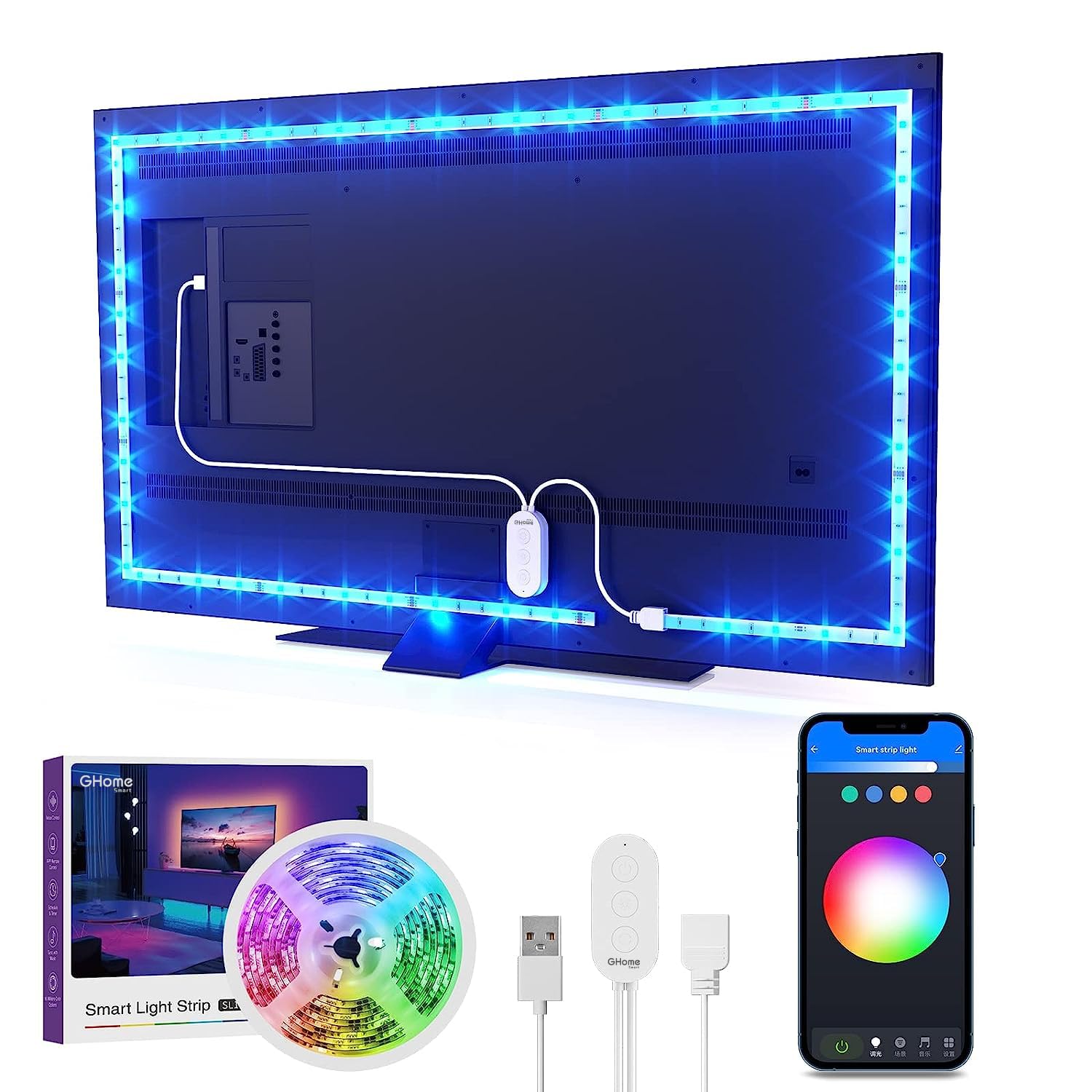
- Regular screen cleaning is even more critical for OLED, removing contaminants that may damage the light-emitting layer. Microfiber cloths should be used gently.

- It is advisable to place an OLED TV in a location with less natural light, as LED TVs are less sensitive to this.
Overall, both technologies can deliver long-term service when handled carefully. However, LED TVs may need to be more forgiving of occasional mishandling and require less meticulous usage habits to avoid issues during their lifespan. The best option depends on individual budgets and requirements.
FAQs
What shortens the life of a TV?
Exposing the TV to direct sunlight, excessive heat, dust buildup, and power surges can damage electronic components over time and shorten the TV's lifespan. Not turning it off completely and improper ventilation also reduce its longevity.
Can a TV last 15 years?
With proper care and maintenance, such as regular cleaning, using a surge protector, and avoiding direct heat exposure, modern LED and OLED TVs can easily last 10-15 years before needing repairs. Proper usage is key to achieving the maximum lifespan.
How many years is a TV good for?
On average, a TV lasts 5-10 years with standard usage if maintained well. However, following the manufacturer's care guidelines and preventing accidental damage can stretch this to 10-15 years before upgrades are needed due to technological advancements.
Is LED TV good for the eyes?
LED TVs emit less blue light than older LCD screens, which is easier on the eyes. Their vivid colors, deep blacks, and adjustable lighting allow for more comfortable viewing in different lighting conditions than CRT and early LCD TVs. But taking breaks is still recommended.
Conclusion
So, this was your ultimate guide on how long does a LED TV last. In conclusion, correctly maintaining your television through regular cleaning, providing adequate ventilation, using a surge protector, and turning it off altogether when not in use are some simple yet effective ways to maximize its lifespan. Investing in a reputable brand like Butterfly also ensures better quality and reliability.
Following the proper usage habits and maintenance tips can help you enjoy television for many years of entertainment while saving costs on repairs and early replacements. With proper care, both LED and OLED panels have the potential to last long when treated well.

Carly Earl, Guardian Australia’s pic editor, was a photographer and pic editor in Sydney for 8 yrs. She worked for The Daily Telegraph and Sunday Telegraph.
